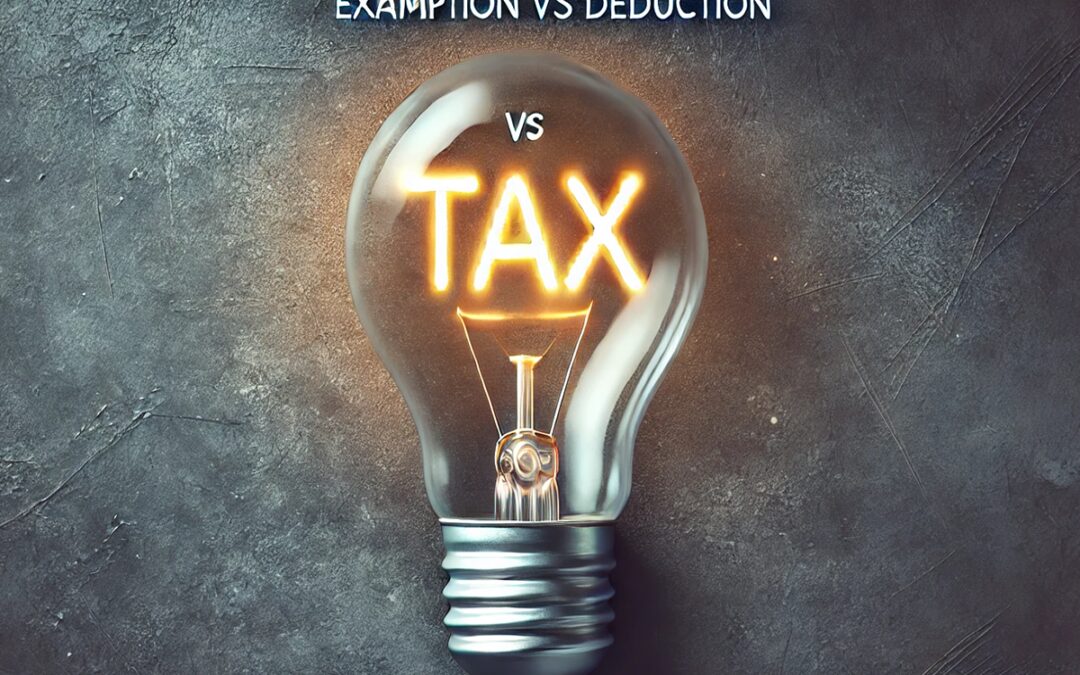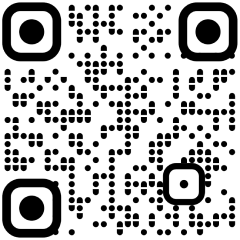Every year, before you pay income tax and file your tax returns, you avail of certain benefits that slash your tax liability. Referred to as exemptions and deductions, these benefits help reduce your taxable income. While most of these benefits have been removed from the new tax regime, you can still avail of these in the old tax regime. Here’s what the difference between exemption and deduction means.
WHAT IS TAX DEDUCTION?
Deductions are the specified investments or expenditures you make in a fiscal year that can be subtracted from your gross total income. These help bring down the total income on which you calculate your tax liability, which means it cuts down your taxable income. So if you are investing in specified mutual funds, EPF, PPF or life insurance policies, paying tuition fee for your children’s education, paying the premium for a health insurance policy, repaying a home loan or education loan, donating to charities, etc, you can avail of tax deductions by reducing these amounts from your gross total income.
Some Sections & limitations
Deductions are available under different Sections of the Income-tax Act,1961, including Section 80C, 80D, 80G, 24, etc. Most of the deductions under these Sections have, however, been removed from the new tax regime. The limitations for some of these Sections are as follows:
Sec 80C (Investments/expenses): Rs.1.5 lakh
Sec 80CCD (1b) (NPS): Rs.50,000
Sec 80D (Medical premium): Rs.25,000 (below 60 years); Rs.50,000 (above 60 years)
Sec 80E (Education loan): Interest paid for 8 years
Sec 80G (Donations): 50% or 100% deduction
Sec 80TTA (Interest on savings account): Rs.10,000 (below 60 years)
Sec 80TTB (Interest): Rs.50,000 (60 years and above)Calculation
If your annual gross total income is Rs.20 lakh, and you claim a deduction in the old tax regime of Rs.1.5 lakh under Section 80C, Rs.20,000 under Section 80D and Rs.35,000 under Section 80CCD (1b), here’s how you can calculate your taxable income.
Gross total income: Rs.20 lakh
Deductions: {Rs.1.5 lakh+Rs.20,000+Rs.35,000}=Rs.2.05 lakh
Taxable income: Rs.17.95 lakh
WHAT IS TAX EXEMPTION?
Tax exemption means that only specific sources of income will not be taxed, as opposed to your entire income. So, a particular type of income like agricultural income, or specified allowances offered by your employer, such as house rent allowance (HRA) or leave travel allowance (LTA), will be exempt from tax or tax-free in your hands.
Some Sections and limitations
Tax exemptions are allowed under Section 10 of the Income-tax Act, 1961, most of which have also been removed under the new tax regime. Some of these are as follows.
Sec 10(13) (HRA): It’s the least of the following:
- Actual HRA received from employer
- 50% of (basic salary + DA); 40% for non-metros
- Actual rent paid minus 10% of (basic + DA)
Sec 10(5) (LTA): Decided by employer. Twice in a block of four years.
Sec 10(14) (Food): Rs.50 per mealCalculation
In the above example, if your taxable income is Rs.17.95 lakh and you have taken HRA exemption of Rs.1.5 lakh and LTA exemption of Rs.1 lakh, as allowed by your employer, then your taxable income will reduce as follows:
Taxable income: Rs.17.95 lakh
Exemptions: Rs.1.5 lakh+Rs.1 lakh=Rs.2.5 lakh
Taxable income: Rs.15.45 lakh










